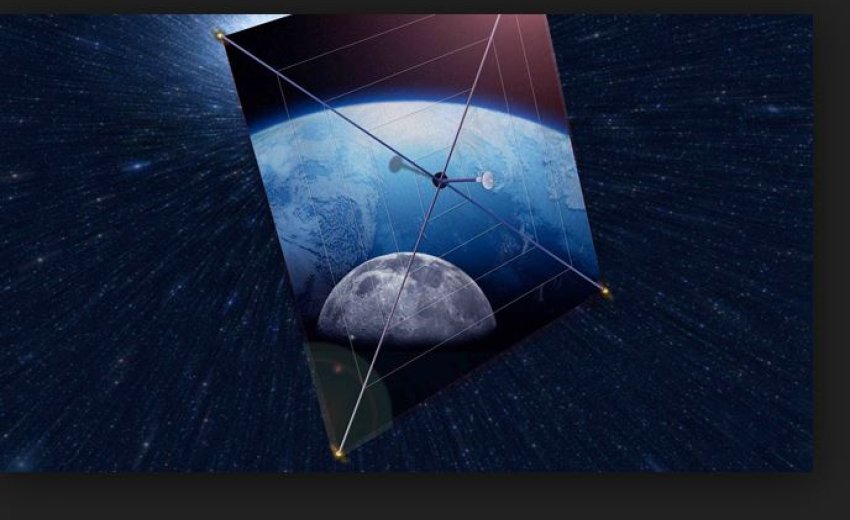LONDON: A new science that seeks to fight climate change using methods like giant space mirrors might not work on its own, but when combined with cuts in greenhouse gases it may help reverse global warming, a research report said.
In the report published on Wednesday, researchers at Britain's University of East Anglia assessed the climate cooling potential of "geoengineering" schemes that also include pumping aerosol into the atmosphere and fertilizing the oceans with nutrients.
"We found that some geoengineering options could usefully complement mitigation, and together they could cool the climate, but geoengineering alone cannot solve the climate problem," said Professor Tim Lenton, the report's lead author.
Geoengineering involves large-scale manipulation of the environment in an attempt to combat the potentially devastating effects of increased atmospheric carbon dioxide (CO2) levels.
"Strong mitigation...combined with global-scale air capture and storage, afforestation, and (enhanced CO2 sinks) might be able to bring CO2 back to its pre-industrial level by 2100, thus removing the need for other geoengineering," the report said.
The level of mitigation of emissions required is in line with United Nations scientists' recommendation to cut greenhouse gases by 80 percent by 2050, thereby keeping atmospheric CO2 below 450 parts per million and a global temperature rise below 2 degrees Celsius, Lenton told Reuters.
The report said the pumping of aerosols like sulfate or other manufactured particles into the stratosphere has strong potential to cool the climate by blocking the sun's rays, but also carries a high risk of speeding up warming if stopped.
Sunshades, or reflecting sunlight through giant space mirrors orbiting the earth, also have both great potential and great risk, the report said.
Lenton also endorses combusted biomass waste, or bio-char, as possibly having "win-win benefits" for the climate as well as for soil fertility. Bio-char, a high-carbon substance that can store CO2 and enhance soil nutrients, is created by heating farm waste or wood in airtight conditions.
The report said ocean fertilization may prove successful in cutting global CO2 but advised care on what method is used.
Ocean fertilization involves introducing nutrients to the upper ocean to stimulate the growth of algae, which absorb and sequester CO2 from the atmosphere.
"Ocean fertilization options are only worthwhile if sustained on a millennial timescale and phosphorus addition probably has greater long-term potential than iron or nitrogen fertilization," the report said.
Some environmentalists are concerned over ocean iron fertilization and say it could lead to a loss of marine life. They call for more research before large-scale experiments are performed.
Earlier this month, the German government ordered a group of international scientists to halt plans to dump 20 tons of iron sulfate dust into waters around Antarctica over worries the experiment could breach international law.
The report's findings, published in the journal 'Atmospheric Chemistry and Physics Discussions', come ahead of the launch of a new initiative to advance geoengineering studies by the university's School of Environmental Sciences later this year.

